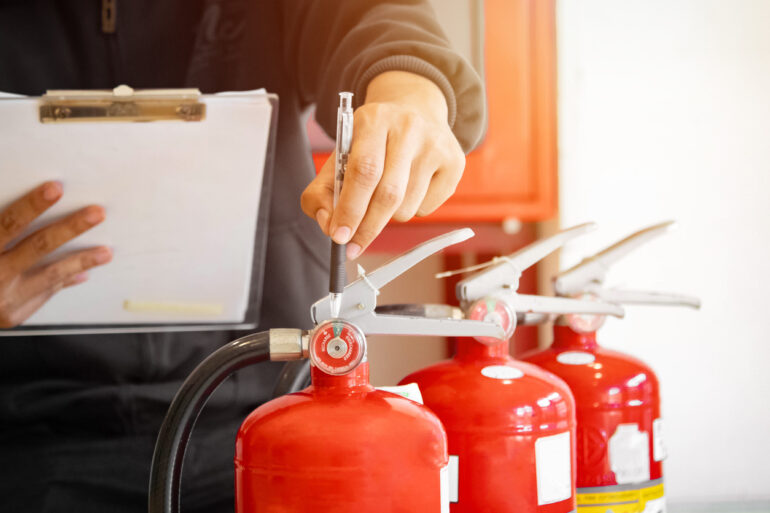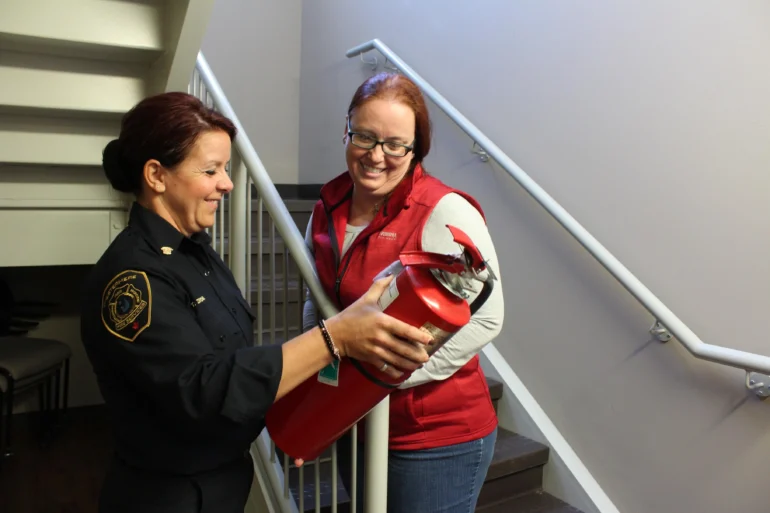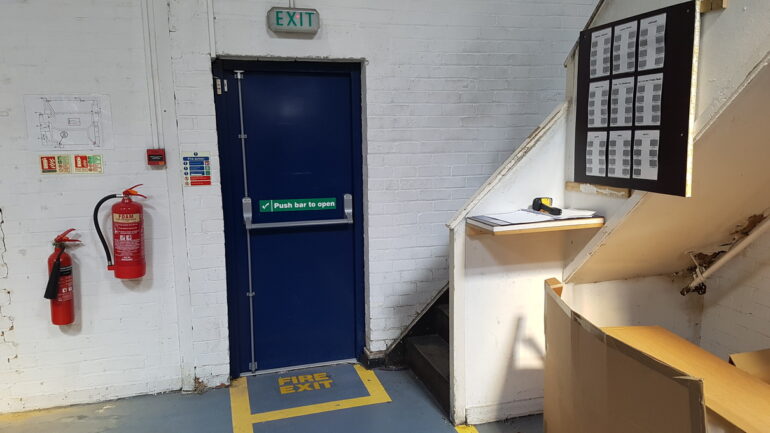Australia has very strict fire safety standards and every commercial building is required by law to adhere to these guidelines. If you’re a business owner, you may already have certain criteria in place to keep your building, employees, and customers safe.
Despite this, you may also be focusing on additional measures such as opting for fire alarm system installation and performing regular fire hydrant repairs to ensure that your building remains compliant. There are also a bunch of different safety tips you can implement to reduce the risk of a fire starting and spreading in your workspace.
Fire Safety is Essential

In a country where bushfires are a regular occurrence, all homes and commercial buildings need to have certain measures in place to remain as safe as possible. After all, it just takes a light breeze and an ember from a nearby fire landing on your roof to cause a potential disaster. To prevent this, consider using these tips to reduce the risk of a fire in your workspace.
1. Ensure that Fire Alarms are Installed
It’s essential to point out that fire alarms and detection systems should be installed in all commercial buildings. This means that these systems aren’t just designed for large buildings or those working with hazardous chemicals.
Installing a quality fire alarm system will let everyone on the premises know that there’s an emergency so that occupants can be evacuated as early as possible. The right system will also activate sprinklers which will go a long way toward reducing the spread of the fire.
Our safety experts also recommend that your fire alarm system be connected to your security monitoring system so that the authorities can be notified of a fire outside of working hours.
2. Invest in Routine Fire Equipment Maintenance Plans

In an emergency, your fire equipment may be the deciding factor between minor damage and a significant disaster. This is why Australian law dictates that all commercial buildings should have the necessary fire equipment that is routinely tested and maintained. In many instances, logs need to be kept of this to ensure that your building is compliant.
Routine maintenance also extends to fire extinguishers, emergency lighting, and hydrants. Ensuring that escape routes are illuminated during a fire can make a significant difference in preventing panic during evacuation.
Fortunately, you don’t have to do the maintenance yourself. You can outsource this task to a certified commercial plumber or registered fire service agent. The advantage here is that these professionals are well-versed in current legislation, meaning your equipment will also be up to code.
3. Provide Your Staff With Fire Safety Training
Having the right equipment on hand is only one critical aspect of ensuring fire safety in an emergency. The other aspect involves having your staff fully trained in using all the fire equipment.
It’s also essential to have an evacuation plan in place to ensure that all employees are aware of potential exits and the safest routes out of the building. Emergency contact numbers should be placed on notice boards and other strategic places so that they can be contacted at the first sign of an emergency. Ensure that routine fire drills are practiced to ensure that people know what procedures to follow.
4. Fire Doors Make All the Difference

Another significant addition to further ensure the safety of your building’s occupants are fire doors. These doors can be strategically placed to contain smoke in specific areas. When the building isn’t engulfed in smoke, it may be easier for employees and customers to easily evacuate the building or move to a smoke-free area until help arrives.
5. Enforce Fire Safety Policies
It’s also crucial to enforce the safety policies you have in place. Examples of this include your company’s no-smoking policies and the safe use and disposal of flammable chemicals and materials.
Plant debris and garbage should also be cleared away and not placed near the building where it can catch fire if a stray ember lands on it. Another point to consider is the importance of regularly cleaning your roof, especially if you live in dry areas. Leaves and other plant debris can also catch alight if there is a nearby bushfire and embers are flying around. Incorporating regular waste disposal practices helps reduce clutter that can fuel a fire, especially in high-risk seasons.
6. Keep Emergency Exits Clear

Depending on the layout of your building, chances are that your emergency exit is at the back or side of the building. Not only should all your staff know where the exit is, but they should also keep the exit area clean.
Senior staff in every department should know the location and procedure to open the door. Staff should know how to get from the exit area to the assembly point outside of the building. Create a buddy system in your business so that you can quickly identify if someone is missing once everyone is evacuated.
Final Thoughts
It’s essential to make fire safety in your commercial building a priority no matter where your business is located. Whether you have a simple office building or a fully stocked warehouse, it’s important to put the right measures in place to reduce the risk of fire occurring and spreading.
Being proactive about fire safety measures not only ensures compliance with legal requirements but also fosters a safer work environment for everyone. You’ll have peace of mind that everyone visiting or working in your building will be safe!
